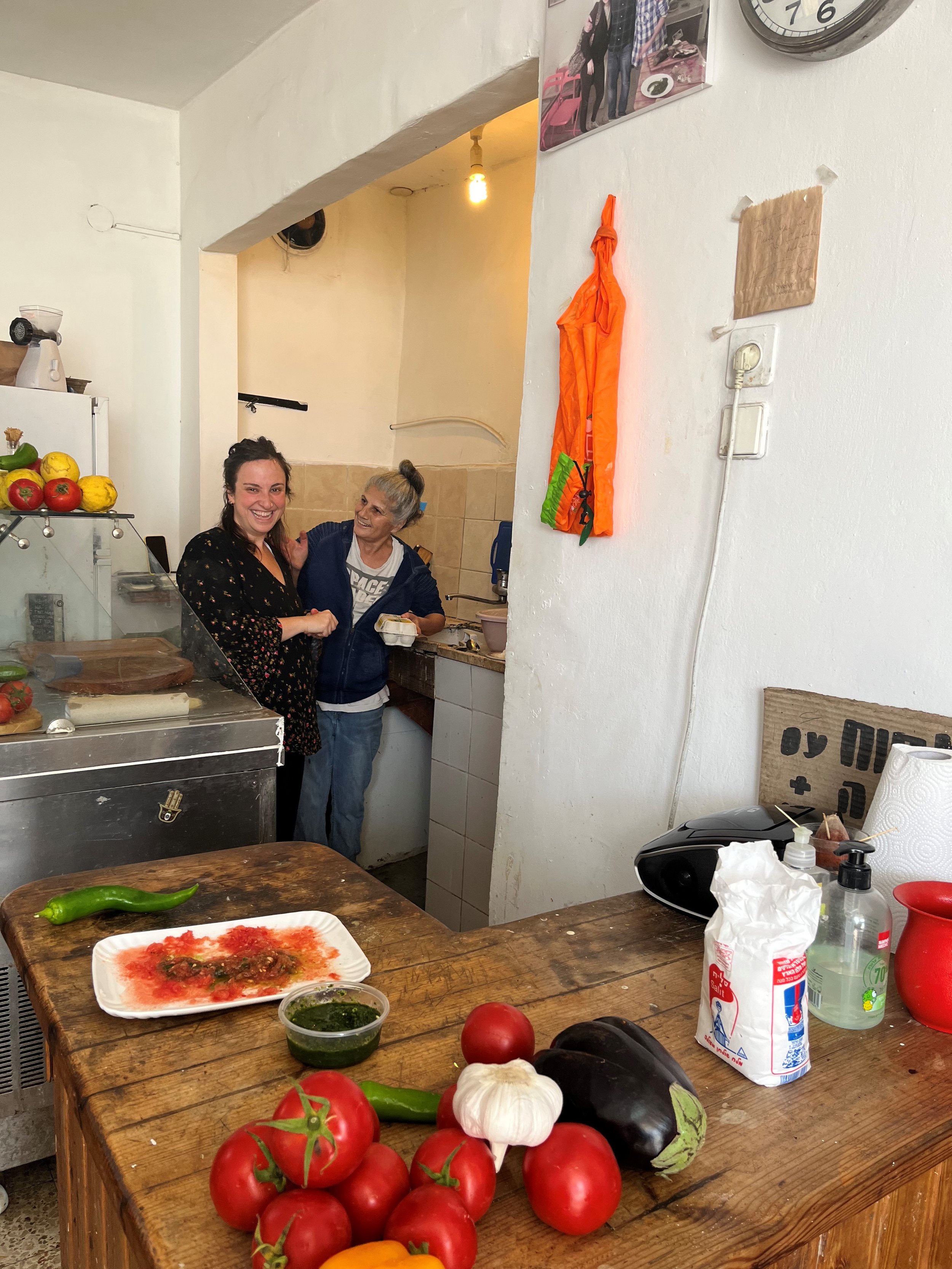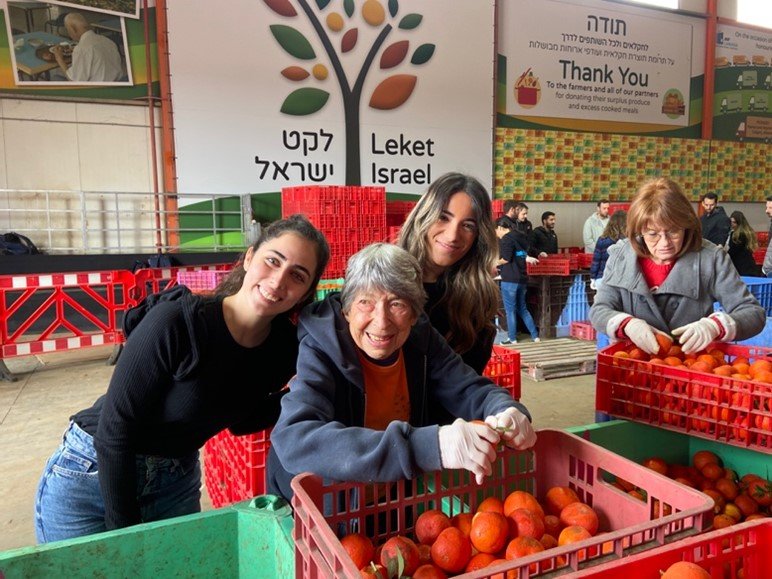Memorial Day, originally known as Decoration Day, is a significant federal holiday in the United States dedicated to honoring and commemorating the brave individuals who lost their lives while serving in the U.S. Armed Forces. This solemn day is observed on the last Monday of May, having been traditionally observed on May 30 from 1868 to 1970.
Behavioral Audience:
On Memorial Day, numerous individuals make a point to visit cemeteries and memorials to pay their respects to the fallen military personnel. Volunteers generously adorn the graves of these individuals with American flags, particularly in national cemeteries. While some Americans will use the federal holiday as a time to enjoy and recharge, others view it as a day of mourning.
Additionally, Memorial Day holds symbolic importance as the unofficial commencement of the summer season in the United States.
The behavioral audience for Memorial Day in the United States includes:
Cemetery and Memorial Visitors: Many people visit cemeteries and memorials to honor fallen military personnel.
Flag Placement Volunteers: Numerous volunteers place American flags on graves in national cemeteries.
Attendees of Memorial Services: People participate in memorial services, parades, and ceremonies.
Participants in Patriotic Activities: Individuals engage in patriotic displays and decorations.
Gatherings and Barbecues: Families and friends gather for barbecues and outdoor activities.
Shoppers and Retail Sales: Many take advantage of sales and discounts during the holiday weekend.
Market Research:
Adults & Families: Memorial Day holds significance for adults and families who often prioritize activities such as barbecues and gathering with family and friends.
Regional Differences: Northeastern consumers show a higher inclination for travel during Memorial Day compared to the national average, with 17% planning to embark on trips. Midwestern consumers, on the other hand, have the highest propensity for grilling/BBQ (61%) and gathering with family/friends (53%) among all regions. Southern and Midwest consumers are less likely to travel, with only 12% planning trips.
Consumers: The Memorial Day weekend holds great importance for retail sales in the United States. In 2022, consumers spent approximately $36 billion during this holiday weekend, making it a substantial period for businesses and the economy. Popular food items for Memorial Day include meat, which is planned for purchase by 85% of consumers, followed by fresh produce (67%), and deli items/prepared foods (33%). Beverage Preferences: Among consumers planning to purchase alcoholic beverages, 75% intend to buy beer, while 44% opt for wine and 40% for spirits.
Shopping Preferences: In-store shopping remains the dominant preference, with 92% of celebrants planning to shop in-store. Grocery stores (67%), Mass retailers (45%), and Club stores (29%) are the favored channels. Online shopping is expected by only 19% of shoppers. Retail Visits: In 2021, Sam's Club experienced a notable 5.7% increase in visits during Memorial Day week, while Costco saw a decrease of 11.4% in visits.
Travelers: Memorial Day is a popular time for travel, with an estimated 42.4 million U.S. travelers forecasted for the holiday period in 2023. Travelers utilize the long weekend to embark on trips, explore new destinations, and engage in leisure activities.
Veterans and Military Families: Memorial Day holds deep significance for veterans and military families who often participate in memorial services, and ceremonies, or visit military memorials to honor fallen service members.
History and Culture Enthusiasts: Individuals with an interest in history and culture may attend historical reenactments, exhibitions, or educational programs centered around Memorial Day.
Community Organizations: Various community organizations, such as veterans' associations or local charities, may organize events, fundraisers, or volunteer activities to commemorate Memorial Day.
Understanding these target audience groups and their preferences provides valuable insights for businesses, marketers, and event organizers aiming to cater to individuals' diverse interests and needs during Memorial Day. Additionally, considering the following factors can further enhance marketing strategies and promotional efforts:
Tap into Long-Term Sales Opportunities: Given that Memorial Day marks the start of summer, it presents an opportunity for businesses to be creative with their promotions. Shoppers are likely to continue using and purchasing products beyond the holiday weekend. For instance, BBQ or food/beverage advertisers can make a lasting impact by leveraging Memorial Day advertising to drive multi-month sales.
Balance Celebration and Remembrance: While Memorial Day signals the unofficial start of summer, it is crucial to approach the holiday with care and sensitivity, honoring the fallen. Advertisers should keep their messaging simple, respectful, and relevant. It is a chance to promote military benefits and discounts in appreciation. Ensuring authenticity and attention to detail is essential, as even a poorly executed salute visual can leave a negative impression. Emphasizing the importance of service and honoring it can resonate with the audience, rather than solely focusing on the brand.
Emphasize Speed and Flexibility: Customers value quick delivery and flexibility in their purchasing experience. If your business can fulfill orders swiftly, make sure to highlight this advantage in your creative messaging. Offering free returns and free trials can also appeal to customers seeking a risk-free purchase. Exploring different communication methods beyond the usual percentage discounts can enhance the perception of your offer and attract more customers.
By considering these points, businesses can optimize their marketing efforts and effectively engage with their target audience during Memorial Day, ultimately driving success and building strong connections with customers.




















